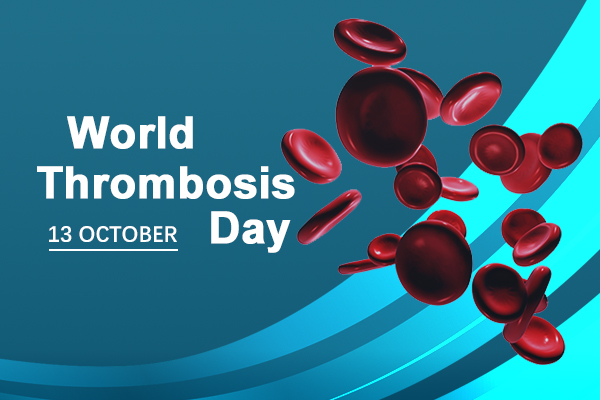World Thrombosis Day: Raising Awareness about Venous Thromboembolism (VTE)
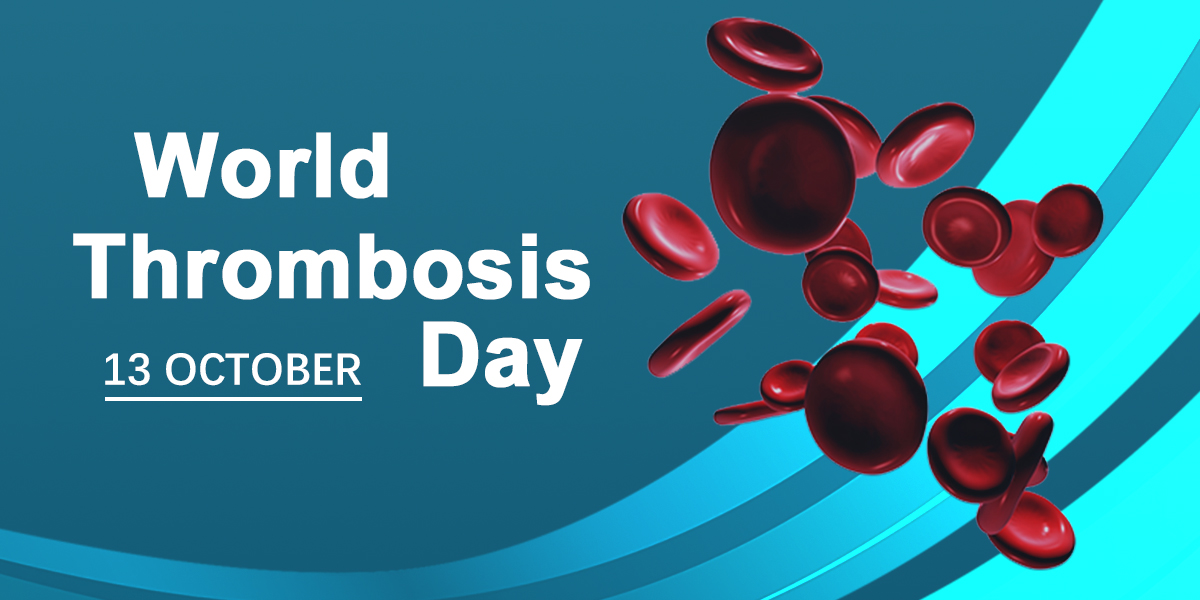
October 13 marks the 11th World Thrombosis Day, a global initiative to increase awareness about the serious health risks associated with venous thromboembolism (VTE). VTE is considered the third leading cardiovascular disease killer in clinical practice, affecting millions of individuals worldwide each year. This blog explores the significance of World Thrombosis Day, the impact of VTE, and the importance of prevention and early detection.
Understanding VTE
Venous thromboembolism describes a condition characterized by the formation of blood clots within the veins, primarily in the legs (deep vein thrombosis, DVT) and the potential for those clots to travel to the lungs (pulmonary embolism, PE). The consequences of VTE can be severe, leading to long-term complications, hospitalizations, and deaths. Alarmingly, it is believed that VTE is responsible for more deaths each year than breast cancer, HIV, and traffic accidents combined.
Risk Factors for VTE
Understanding the risk factors associated with VTE is crucial for prevention:
- Immobility: Extended periods of inactivity, such as long-distance travel or bed rest during illness or post-surgery, significantly increase VTE risk.
- Obesity: Excess weight contributes to increased pressure in the veins and can lead to clot formation.
- Age: Individuals over 60 years are at a higher risk due to age-related changes in the vascular system.
- Hormonal factors: Hormonal changes from pregnancy, hormonal replacement therapy, or certain contraceptives can elevate clotting risks.
- Underlying health conditions: Conditions such as cancer, heart disease, and previous episodes of VTE also heighten risk.
- Genetic predisposition: Some individuals have inherited conditions that affect blood clotting.
Recognizing Early Symptoms
Early recognition of VTE symptoms is essential for timely intervention and can significantly impact outcomes. Symptoms may vary depending on the location and nature of the thrombus. Common signs include:
- Deep Vein Thrombosis (DVT):
- Swelling in one leg (or arm)
- Pain or tenderness, usually starting in the calf
- Warmth and redness of the affected area
- Pulmonary Embolism (PE):
- Sudden shortness of breath
- Chest pain that may worsen with deep breathing
- Coughing up blood or blood-streaked sputum
- Rapid heartbeat
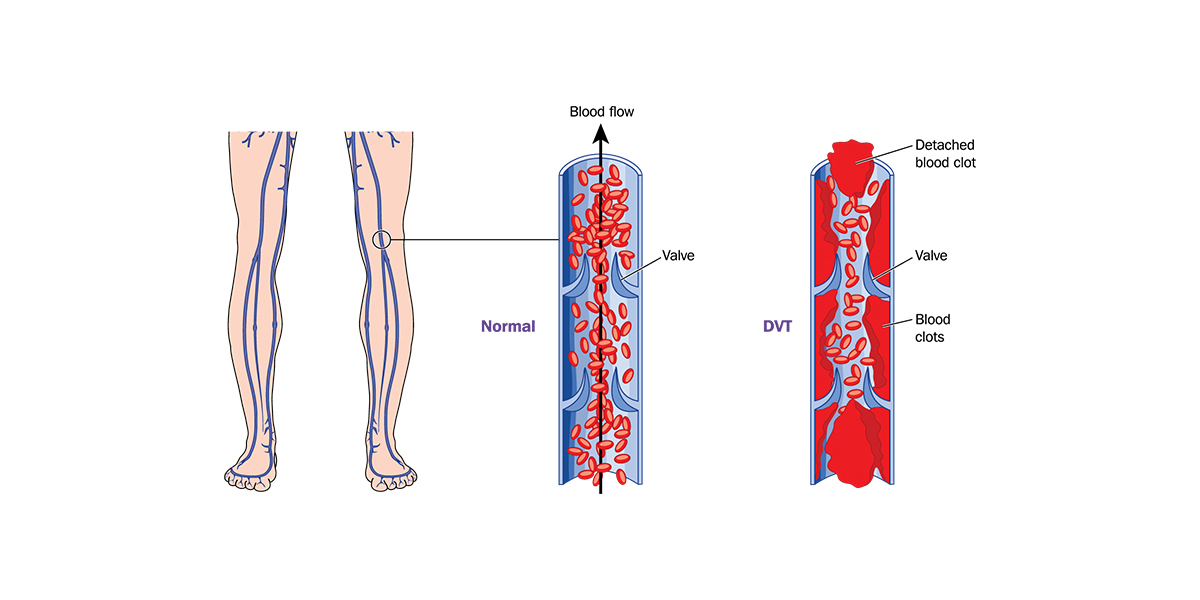
Prevention Strategies
Longest Medical provides a range of simple and reliable devices and garments to facilitate safe, effective, and efficient VTE prevention in hospital inpatients.
Longest LGT-2200DVT, LGT-2201DVT & LGT2202DVT adopt intermittent pneumatic compression therapy (IPC), which realizes intermittent pressure on the airbag-wrapped limb through cyclic inflation and deflation of its airbag by the host computer to induce passive The muscle contraction of the pressurized limb, thus promoting venous blood return. IPC is not only used for the prevention of VTE but also for the treatment of lymphedema, chronic venous insufficiency and other diseases.
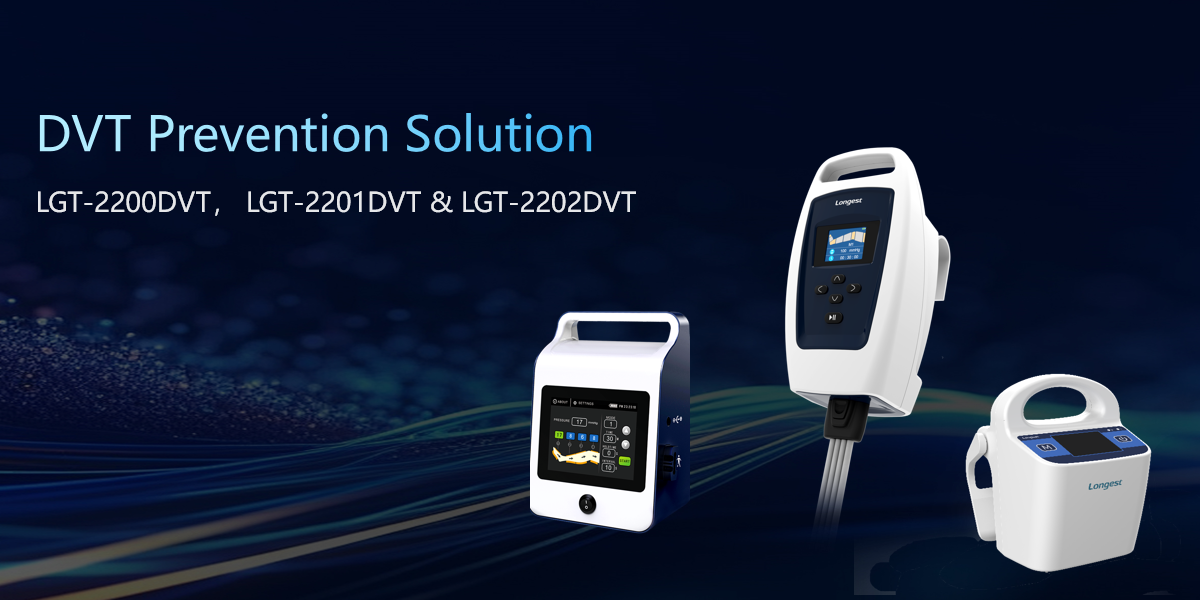
LONGEST MEDICAL DVT Sleeves promote effective VTE prevention and improve patient compliance and outcome.
- Made of elastic and breathable materials: providing a snug and comfortable fit while allowing proper airflow to the skin.
- Overlapping 3-chamber design: seamless compression to effectively promote blood flow.
- Adjustable fit using Velcro straps: ensuring a secure fit, no bunching up or sliding down to maintain consistent compression. And the sleeves are easy to wear and take off.
- Single-patient use: preventing cross infection, ensuring patient safety.
- Multiple sizes: to ensure a proper fit.
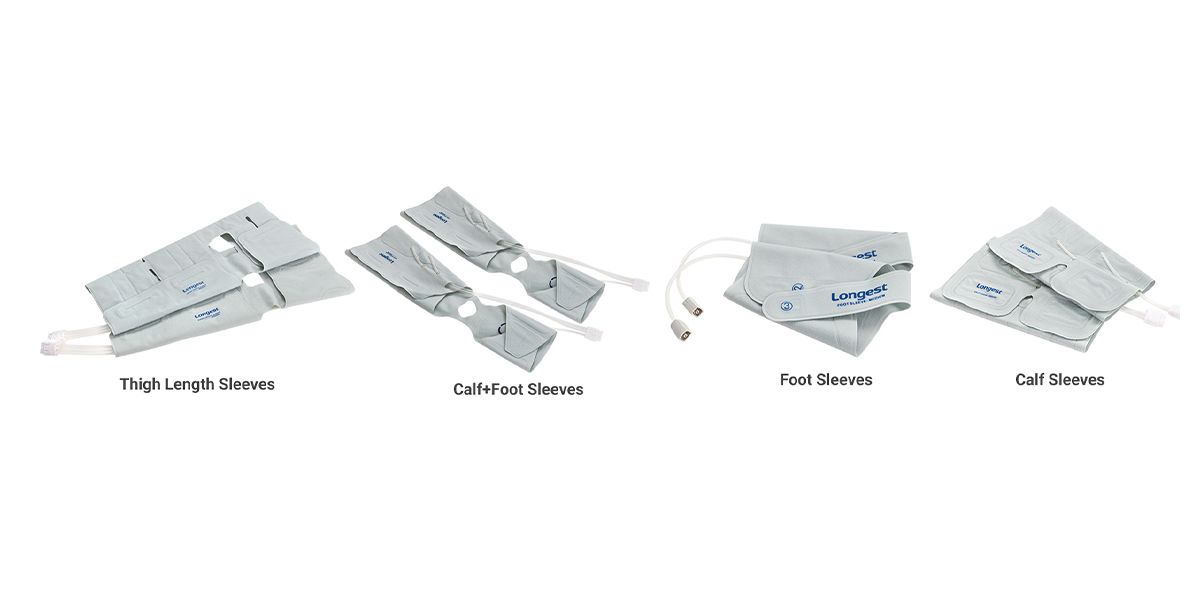
As we observe World Thrombosis Day on October 13, let us take a moment to reflect on the importance of awareness and education regarding venous thromboembolism. With millions affected each year, understanding risk factors, recognizing symptoms, and implementing preventive measures are crucial steps in combatting this silent but deadly condition. By sharing knowledge and encouraging dialogue about VTE, we can work towards decreasing its prevalence and associated mortality rates.


